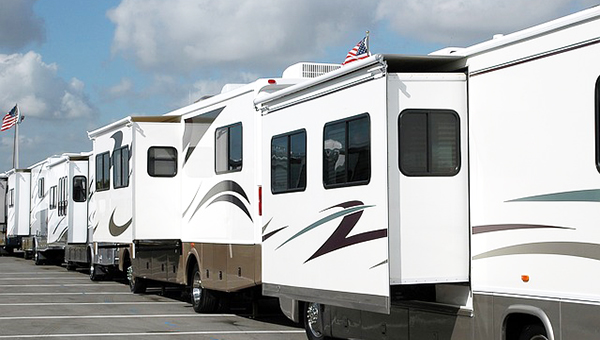Last updated: 2 Sep 2022
The source for pricing is the Kelley Blue Book (KBB) and Nada Guide for Recreational Vehicles. If you go through the selection screens, it will show you “Low Retail Value” and “Average Retail Value”. These prices may give you a general idea of the asking price when the dealer is selling to you. Nada is quite clear in stating that these prices are not the trade-in or loan value prices, which may be substantial lower. Trade-in and loan value prices are confidential and supplied only to dealers. Isn’t that nice?
Caveat Emptor (“Let the buyer beware”)
There is an enormous markup on RVs, much more so than cars. Worse yet – dealer invoice cost is a jealously guarded secret, so is very difficult if not impossible for the consumer to know how much profit the dealer is making on your sale. RV Consumer Reports gives a ballpark idea of the average price paid for a given model. From many conversations, there is a belief among Rvers that savvy buyers should be able to obtain 25%+ off-list prices.

RV salespeople are very skilled. To avoid overpaying, you will need your best-negotiating skills. For some buyers, this RV may be the most expensive thing you’ve ever bought. For others, only the 2nd most expensive item (your house being the first).
Do not assume that more expensive motorhomes have fewer problems. Sometimes they have more problems because they have more complex systems. Do not assume that manufacturers who sell high-priced units take care of their customers better than those with mid-priced units. This would be logical but often false. Talk to other RV owners to get a sense of how the manufacturer and dealer will treat you after the sale. A dealer’s customer waiting room is a good source of information.
Trade In’s
Unless this is your first RV purchase or you are selling your existing RV yourself, you will have a trade-in. Unfortunately, a trade-in makes it more difficult to determine if you are getting a good deal. Often, dealers will offer you a better-than-expected trade-in price on your existing RV. They do this by offering much less off the list price of the new unit than they might if this was a purchase without a trade-in.
To determine what you are getting for your trade-in, you could negotiate a ‘clean’ deal for just the new unit, then later introduce the trade-in. The dealer may not like this tactic, but how else will you really know what you are receiving for the trade-in? A final note: it may be advantageous to do a trade-in vs. self-it-yourself as many states will only collect sales tax on the difference in price between the new unit and the trade-in. Depending on the prices and the sales tax rate, this could be a substantial amount.




